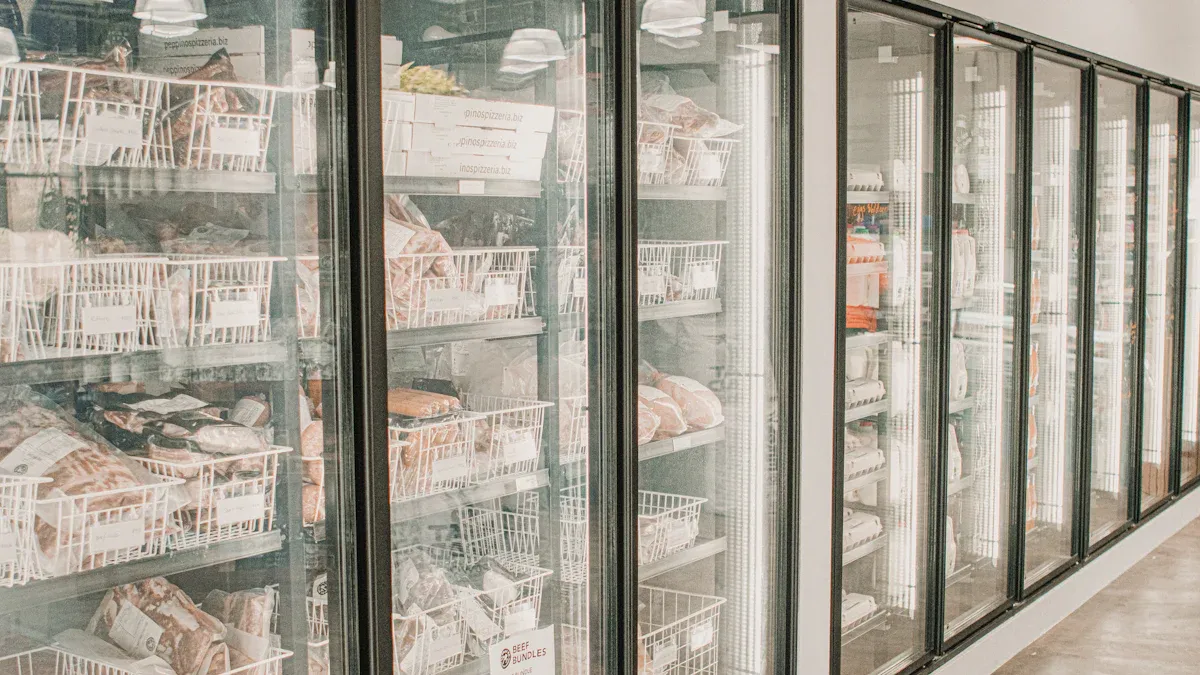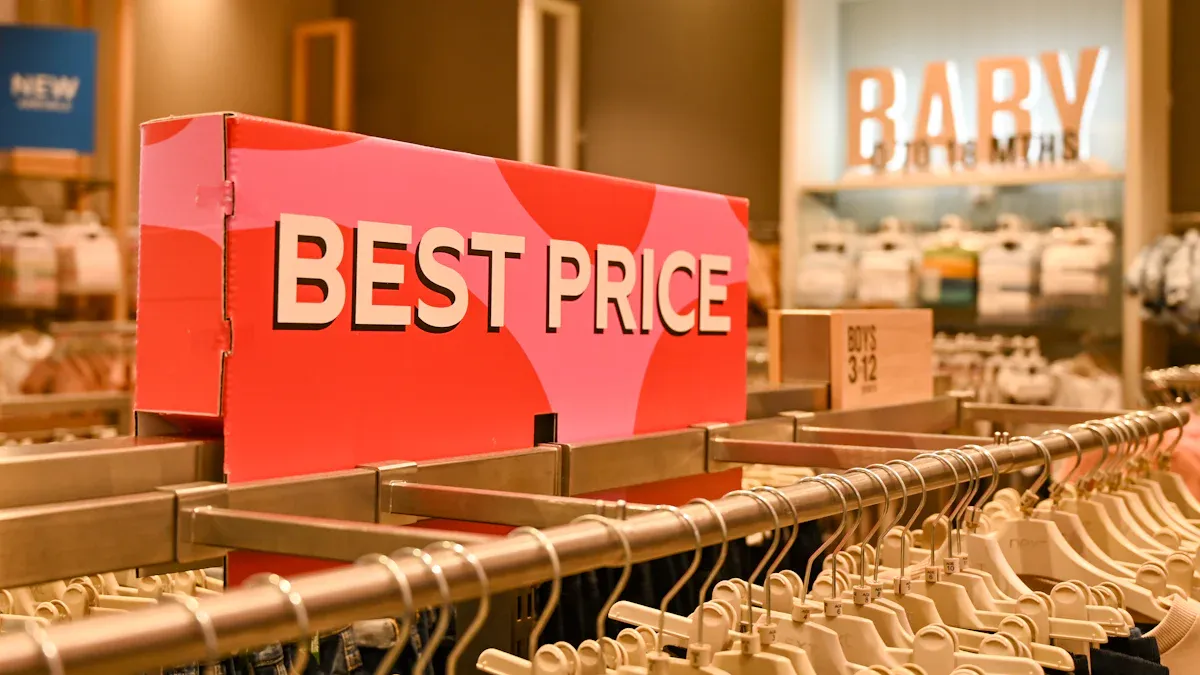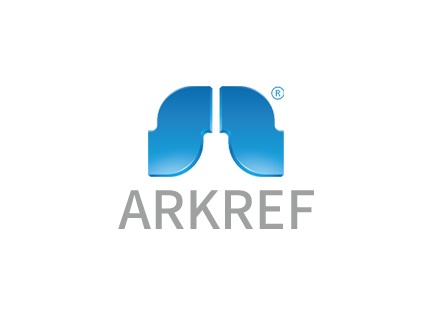What Are the Essential Components of a Cold Room and Their Prices

When you want to build a cold room, you need some main parts. These are insulation panels, a refrigeration system, cold room doors, temperature control, shelving, and lighting. Each part has its own job and changes the cold room price. If you know what each part does and how much it costs, you can make good choices and keep your budget on track.
Key Takeaways
Learn about the main parts of a cold room. These are insulation panels, refrigeration systems, doors, temperature control, shelving, and lighting. Each part changes how much the cold room costs. Each part also affects how well it works.
Pick insulation panels that fit what you need to store. Polyurethane keeps things cold the best, but it costs more. Polystyrene is cheaper. Rock wool is good if you want fire safety.
Choose a refrigeration system that saves energy. This can help you pay less for electricity. You can also look at solar options to save money over time.
Get the right door for your cold room. Hinged doors cost less money. High-speed doors help save energy and keep the room cold better.
Buy a good temperature control system. Automated systems and wireless sensors help you watch the temperature. They also help stop you from losing products.
Insulation Panels
Types
Insulation panels help keep the cold room cool. They stop heat from coming in or going out. There are different materials you can pick. Each material has its own good points.
Here is a table that lists the main materials for insulation panels in industrial cold rooms:
Material Type | Description |
|---|---|
Polyurethane (PU) | A common insulation material known for its high thermal resistance. |
Polystyrene (EPS) | Lightweight and cost-effective, often used in cold storage applications. |
Rock Wool | Provides excellent fire resistance and sound insulation properties. |
Polyurethane panels keep the cold in very well. They are good if you need your cold room to be very cold. Polystyrene panels are light and easy to put in. They work for many kinds of storage. Rock wool panels are best if you want more fire safety or less noise.
Tip: Pick the panel type based on what you store and how cold you want the room.
Most insulation panels last for many years. Inverter systems help control the temperature. They can work for 15 to 20 years. If you buy good panels, you will not have to change them often.
Price Range
Insulation panels can change how much your cold room costs. The price depends on the material, thickness, and size. Polyurethane panels cost more because they keep the cold better. Polystyrene panels are cheaper and good for simple storage. Rock wool panels cost more if you need fire safety.
Most insulation panels cost between $30 and $60 per square meter. Thicker panels cost more but save energy over time. If you pick thinner panels, you pay less at first but may spend more on electricity later.
Polyurethane (PU): $40–$60 per square meter
Polystyrene (EPS): $30–$45 per square meter
Rock Wool: $50–$70 per square meter
You should ask suppliers for exact prices. Prices can change depending on where you live and how big your cold room is.
Refrigeration System

Chillers and Compressors
A cold room needs a strong refrigeration system. This keeps the room at the right temperature. The main parts are chillers and compressors. Chillers make the air inside the room cold. Compressors move the refrigerant so the system works. There are different types of compressors. Some are reciprocating, scroll, or rotary. Each type has its own good points.
Here is a table that lists common compressor types and their features:
Compressor Type | Feature | Typical Use |
|---|---|---|
Reciprocating | Reliable, easy to maintain | Small cold rooms |
Scroll | Quiet, energy efficient | Medium cold rooms |
Rotary | Compact, low vibration | Large cold rooms |
Pick a compressor that fits your cold room size. Also think about how cold you need it to be. If you want to spend less, compare the cost and efficiency of each type.
Tip: Talk to your supplier about which compressor is best for you. The right choice saves money and keeps your items safe.
Energy Use
Energy use matters when you plan a cold room. The refrigeration system uses most of the electricity. If you pick an energy-efficient chiller and compressor, you save money each month. Some systems have inverter technology. This helps control power use and keeps the temperature steady.
You can also find solar-powered options. These use sunlight to run the refrigeration. Solar cold rooms cost more at first. But you save on energy bills later.
Energy-efficient systems help you spend less on bills.
Solar options save even more, especially in sunny places.
Check the energy rating before you buy. A higher rating means less electricity use. This lowers your cold room price over time.
Cold Room Doors
Options
You have many choices when you pick doors for your cold room. Each type works best for different needs. Here are some of the most popular door types used in food storage facilities:
Cold Room Hinged Door
Cold Room Sliding Door
Controlled Atmosphere Cold Room Door
Cold Room Sectional Door
Cold Room Monorail Hinged Door
Cold Room Monorail Sliding Door
Cold Room Service Doors
Cold Room Dual Wing Service Door
Cold Room Single Wing Service Door
Hinged doors open and close easily. You can use them for small cold rooms or places with less traffic. Sliding doors save space and work well in larger rooms. Controlled atmosphere doors help keep special conditions inside, like low oxygen or high humidity. Monorail doors let you move products along a rail, which helps in busy storage areas.
High-speed doors open and close very fast. This helps keep the temperature steady and lowers energy costs. Many manufacturers use these doors because they make the cold room more efficient.
Tip: Choose a door type that matches your storage needs and how often you open the door. Fast doors help you save money on energy bills.
Price Range
Cold room doors come in many price ranges. The cost depends on the door type, size, material, and extra features like insulation or automation. Hinged doors usually cost less than sliding or high-speed doors. If you need a door with special controls or extra insulation, you will pay more.
Here is a table showing typical price ranges for cold room doors:
Door Type | Price Range (USD) |
|---|---|
Hinged Door | $300 – $800 |
Sliding Door | $700 – $1,500 |
High-Speed Door | $2,000 – $5,000 |
Controlled Atmosphere Door | $2,500 – $6,000 |
Monorail Door | $1,000 – $3,000 |
You should ask suppliers for exact prices. The cold room price will go up if you choose doors with more features or better insulation. Pick a door that fits your budget and helps keep your products safe.
Temperature Control
Systems
A good temperature control system is important for your cold room. It helps keep the temperature steady. This keeps your products safe. Most cold rooms use new technology for this job. You have a few choices.
Wireless temperature sensors send updates right away if the temperature changes. You can see these alerts on your phone or computer.
Automated monitoring systems watch the temperature all the time. They help you find problems early.
Zone management lets you set different temperatures in each area. This is good if you store many types of products.
Temperature-controlled loading docks keep cold air inside when you move things. This saves energy and protects your goods.
Temperature mapping studies show where hot or cold spots are. You can use these to fix issues and follow Good Distribution Practices.
Here is a table with important features of temperature control systems:
Feature | Description |
|---|---|
Common Temperature Range | 33°F to 55°F (0.5°C to 12.7°C), product-specific. |
Key Technology | Refrigerated warehouse zone management, powerful cooling units, temperature-controlled loading docks. |
Automated Monitoring | Use of wireless temperature sensors for real-time data and alerts on temperature deviations. |
Temperature Mapping Study | Conducting studies to identify thermal patterns and ensure compliance with Good Distribution Practices. |
Tip: Check your temperature control system often. This helps stop product loss and keeps your cold room working well.
Price Range
The price of temperature control systems depends on what you pick. Basic manual thermostats cost less. Automated systems cost more but give you more value. Wireless sensors and smart controllers cost more at first. But they help you save money later.
Manual thermostat: $50 – $150 each
Digital controller: $200 – $500 each
Wireless sensor system: $500 – $2,000 per set
Full automated monitoring system: $2,000 – $5,000 per cold room
If you add temperature mapping or zone management, you pay extra. These upgrades make the cold room price higher. But they help protect your products and lower your energy bills. Ask suppliers for quotes that fit your needs.
Note: Buying a good temperature control system helps you avoid big mistakes and keeps your products safe.
Shelving and Lighting
Shelving
Shelving helps you organize products inside your cold room. You can pick from different materials. Stainless steel shelves resist rust and last a long time. Plastic-coated wire shelves cost less and work well for lighter items. Aluminum shelves weigh less and make cleaning easy.
You should choose shelves that fit your space and the weight of your products. Adjustable shelves let you change the layout when your needs change. Fixed shelves stay in place and support heavy loads.
Here is a table showing common shelving options and their price ranges:
Shelf Type | Features | Price Range (USD) |
|---|---|---|
Stainless Steel | Durable, rust-proof | $100 – $250 per unit |
Plastic-Coated Wire | Lightweight, affordable | $50 – $120 per unit |
Aluminum | Easy to clean, light | $80 – $180 per unit |
Tip: Pick shelves that match your storage needs. Strong shelves help you avoid accidents and keep your products safe.
Lighting
Lighting lets you see inside your cold room. Good lighting helps you find products quickly and keeps your workspace safe. You should use energy-efficient bulbs to lower your electricity bills and reduce heat inside the room.
LED bulbs use much less energy than old incandescent bulbs.
CFL bulbs also save power and produce less heat.
Dimmer switches and motion sensors help you control lighting and save even more energy.
You can see big savings when you switch to LED bulbs. These bulbs use 80 to 90% less energy than traditional bulbs. They last up to 30 times longer, so you do not need to replace them often. Most LED bulbs work for 10 to 20 years after you install them.
Here is a quick list of benefits for LED lighting in cold rooms:
Lower energy bills
Less heat generation
Fewer bulb replacements
Improved safety
Note: Using LED or CFL bulbs helps you keep your cold room cool and saves money over time. Motion sensors make sure lights only turn on when you need them.
Cold Room Price Factors

What Affects Cost
You need to look at several things when you plan your cold room. The thickness of insulation panels changes how much you pay up front and how much you save on energy. Thicker panels cost more but help you spend less on electricity. The type of compressor you choose also matters. Scroll compressors use less energy and make less noise than reciprocating ones. If you pick energy-saving options, you lower your bills over time.
Local climate affects your choices. If you live near the coast, salt and moisture can damage outdoor parts faster. You may need to replace them more often. In places with high humidity, you need better insulation and stronger refrigeration systems. You should check your area’s climate before you buy.
Solar cold storage helps you save money in the long run. Solar panels turn sunlight into power for your cooling system. This lowers your need for grid electricity and cuts your operating costs. Solar cold rooms work well in places without steady power and help keep food fresh.
Tip: Choose energy-efficient systems and insulation that match your climate. This helps you control your cold room price and avoid surprise costs.
Price Summary
Here is a summary table of the main cold room components and their typical price ranges:
Component | Typical Price Range (USD) |
|---|---|
Insulation Panels | $30 – $70 per sq. meter |
Refrigeration System | $1,500 – $5,000 |
Cold Room Doors | $300 – $6,000 |
Temperature Control | $50 – $5,000 |
Shelving | $50 – $250 per unit |
Lighting | $20 – $100 per fixture |
If you add installation fees, your total cold room price can range from $3,500 to $10,000 for a small business. The final cost depends on your choices for size, brand, and extra features.
Energy-saving upgrades like insulation and reflective paint can save you up to 37 kWh per square meter each year. You also cut carbon emissions and get your money back in less than three years. Solar panels help you save even more, especially if you run your cold room in an area with lots of sun.
Note: Smart choices in insulation, compressor type, and energy-saving options help you manage your cold room price and keep your business running smoothly.
If you know what each cold room part does and costs, you can make better choices. Look at different system types and how much they cost to install before you plan your budget:
System Type | Estimated Cost (Installed) |
|---|---|
Basic Split Systems | $4,000 - $6,500 |
Premium Systems | $8,000 - $12,000 |
Mini-Splits | $6,000 - $10,000 |
Try these ideas to save money and avoid problems:
Look at the total cost, not just the price to buy.
Choose options that use less energy and can grow with your needs.
Read what other people say before you buy.
Talk to experts for advice and price quotes.
Keep in mind, using less energy and installing things the right way helps you pay lower bills and keeps your cold room working well.
FAQ
What size cold room do you need for a small business?
You should measure how much product you store at one time. Most small businesses use cold rooms from 10 to 30 square meters. Ask a supplier to help you pick the right size for your needs.
How often should you service your cold room?
You should check your cold room every three to six months. Clean the condenser coils and check the door seals. Regular service helps your cold room last longer and saves energy.
Can you install a cold room yourself?
You can install small cold room kits if you have basic skills. For larger or custom cold rooms, you should hire a professional. This ensures safe installation and better performance.
What is the best way to save energy in a cold room?
Use thick insulation panels and LED lighting. Keep the door closed as much as possible. Choose energy-efficient compressors. These steps help you lower your electricity bills.
Do solar cold rooms work in cloudy weather?
Solar cold rooms still work on cloudy days. The system stores extra power in batteries when the sun shines. You get steady cooling even when the weather changes.
See Also
Key Characteristics That Differentiate Cold And Freezer Rooms
Leading Manufacturers of Cold Storage Solutions for Logistics
The Importance of Cold Rooms in Modern Storage Solutions

